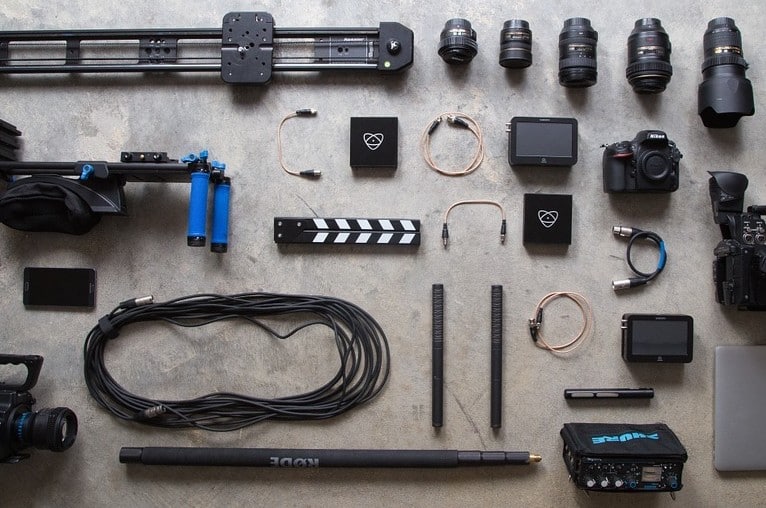It’s all too easy to feel like the story is the only thing that matters in a film. And to a large extent, the story is the most important aspect of making a movie. If the screenplay is weak and the plot is boring, it doesn’t matter what tools you use to try to make the film come to life. It probably won’t.
As an emerging filmmaker, once you do find that inspired screenplay you feel good about working with, you know that the story isn’t the only thing that matters—now you’ve got a good plot to work with, it’s up to you to tell that story, and to make it look as great as you can. Of course that means you’re going to be asking yourself: “What camera should we film on?”
And that seemingly simple question always leads to more queries: “Do we need to film on a RED camera (which can do raw recording of video and stills)? Can we afford to rent one? If we do, what kind should it be: a Dragon or an Epic? What’s more important: the camera, or the lens?” There’s only so much time you can spend debating which is more important, camera or lens, before you start seriously considering just filming everything on an iPhone.
Obviously both the cameras and the lenses you film on are important. But if you only have the chance to splurge on one or the other, which should it be?
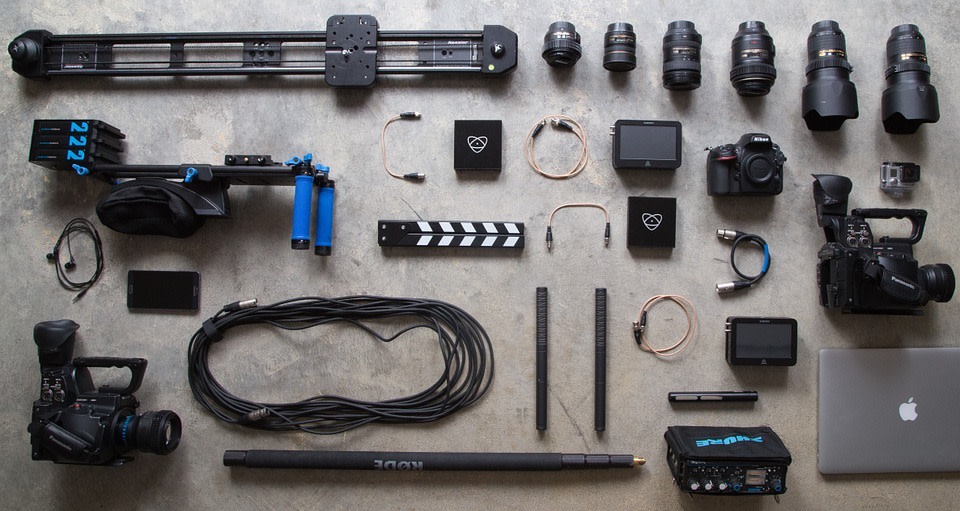
Let’s take a moment to consider how digital film cameras work. As you probably already know, it’s all about light. The lens is the one thing you have the most control over, because once light passes through it, everything else works in the exact same way for every camera out there.
Every digital camera has a sensor, which acts as the brain. The sensor is built from millions of light-sensitive cavities called photosites. When you hit “record” they start collecting light photons that pass through the lens, which the camera then converts into electrical signals that are stored as data. The bigger the camera’s sensor, the more light it can capture–which translates into better image quality.
To capture coloured images, each sensor has another layer that sits on top of the photosites. Because colour is just light of different frequencies and wavelengths, this filter works kind of like a one-way mirror. Each photosite filter lets only one of three primary colours (red, green, or blue) pass through it, reflecting the rest back. These filters are arranged on top of the sensor in rows that alternate the colours they record or reject.
Most camera manufacturers use something called a Bayer filter array, which records 50% green light, 25% red, and 25% blue. The reason the Bayer filter favors green light is simple: the human eye is more sensitive to green.

Bayer filter array.
So now it’s clear why everything that happens after light enters the lens is fundamentally the same for almost every camera on the market: light is converted into data. That’s why the lens has so much impact on your final product.
Of course, different cameras are still useful for different applications. Look at the latest top-of-the-line gear from three companies: ARRI, RED, and Blackmagic.
The first thing you’ll notice if you look at the tech specifications is the difference in sensor size and resolution:
ARRI ALEXA 65: 54.12mm x 25.58mm sensor, 6.5K resolution.
RED WEAPON: 40.96mm x 21.60mm sensor, 8K resolution.
BLACKMAGIC URSA: 25.34mm x 14.25mm sensor, 4.5K resolution.
It’s tempting to declare RED or ARRI the best options because of how technologically impressive both cameras are. It’s just as tempting to say the same about Blackmagic because of how cheap the URSA is, and how well it holds up even when compared to ARRI’s Alexa. But just how important is sensor size and resolution?
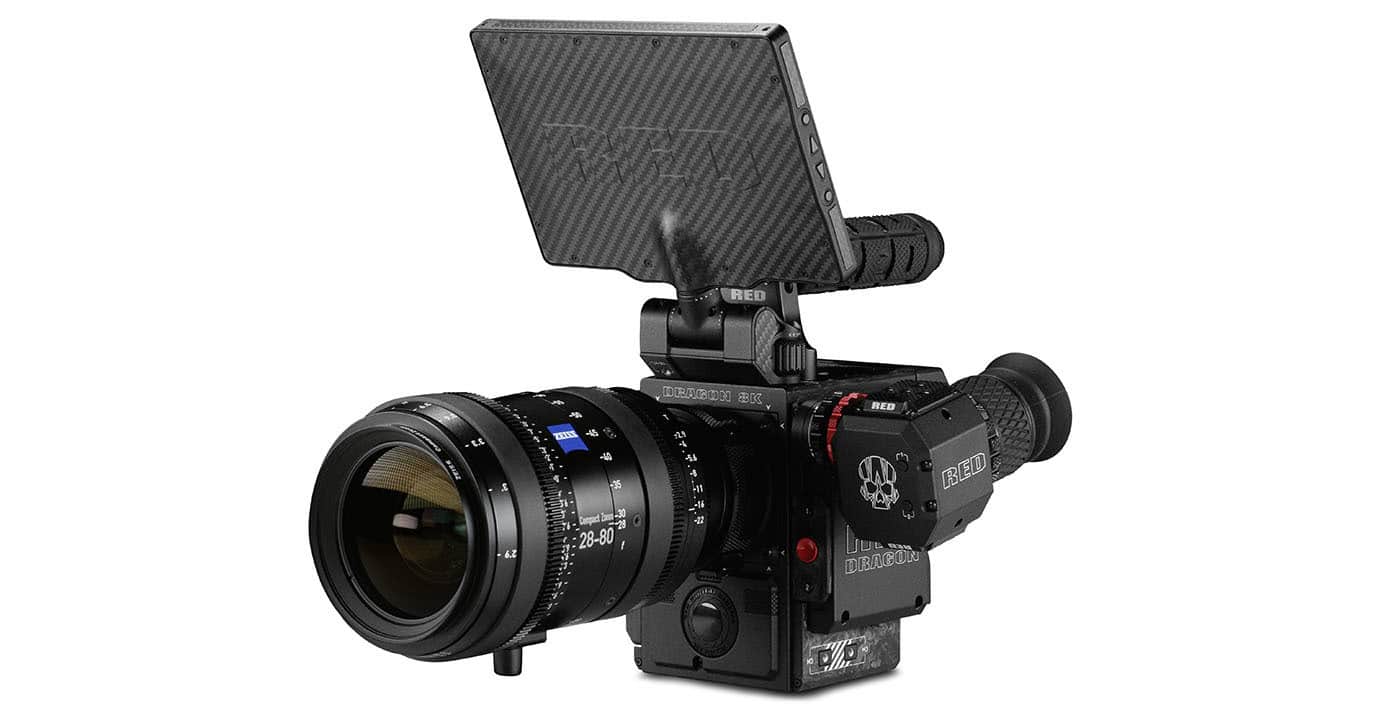
The RED WEAPON.
The bigger the camera’s sensor, the more light it can capture. That translates into two things: higher image quality, and a lot of information for each frame of filmed footage. The more information each frame has, the more malleable it is in post-production. Resolution is the potential for detail. More potential for detail means greater creative flexibility in editing: re-framing, zooming, cropping.
So what is each camera best suited for?
Film on ARRI if you’re adding a lot of high-grade visual effects. Because ALEXA 65 has the biggest sensor, each frame it produces carries a lot of information that can be changed and added to in post-production.
Film on RED if you care about repurposing content for future platforms, higher quality playback, and maximum creative flexibility. Even filmmakers like David Fincher reframe.
Film on Blackmagic if you’re making your first/second/third short film, a music video, or a commercial. Just use a great lens that gets everything out of what that camera has to give.
Here’s the important thing to remember: the lens directs how light rays hit the sensor. The sensor just interprets that information. To better understand what that means in practice, I called up my friend Matvey Stavitsky, a cinematographer.
“What’s more important: cameras or lenses?” I ask Matt.
“Lenses, of course,” he replies, without skipping a beat. “A lens is like a beautifully crafted piece of art.”
When the phone rings, Matt is preparing for the next day’s shoot, a promo spot for Adidas Running Club. His camera bag is packed with 20 different lenses, a majority of which are handmade and vintage: his most prized possessions.
“A few years ago, it was thought that cinematographers should own lenses, not a camera. Roger Deakins probably has his own set. If he’s working with the Cohen brothers and they’re giving him freedom in terms of how he wants the film to look, he would use his own lenses. I’m probably wrong,” Matt laughs, “but I want to think that!”
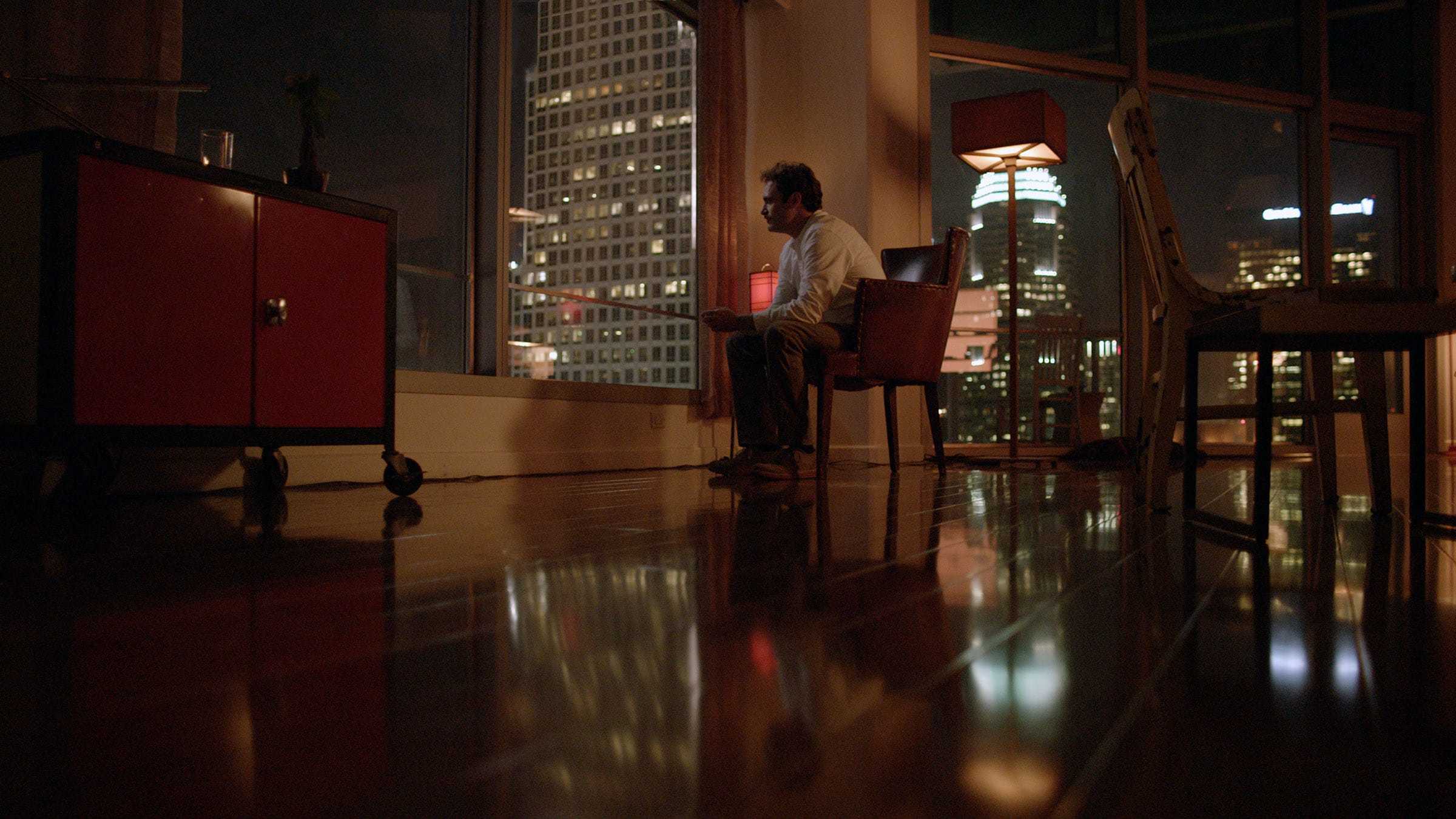
Still from Her. Courtesy of Warner Bros.
Her, a 2013 cinematic marvel shot by Hoyte van Hoytema, used high speed prime lenses from Zeiss (35mm and 50mm) as well as a vintage Canon zoom lens from the 1970s. These lenses set the tone of the film, giving Her that contemporary yet nostalgic look.
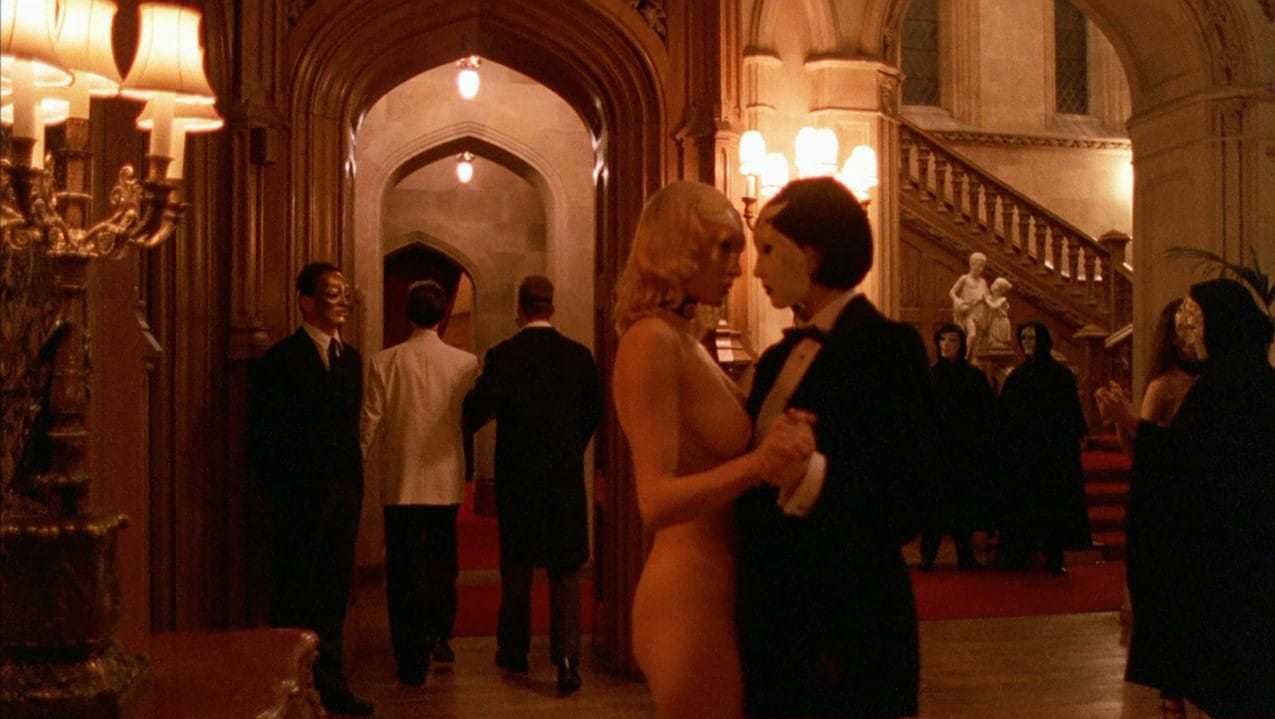
Still from Eyes Wide Shut. Courtesy of Warner Bros.
Stanley Kubrick’s famous last work Eyes Wide Shut was filmed by candlelight, on two lightning-fast Zeiss lenses that were originally developed for NASA (50mm and 35mm f/0.7).
Matt adds, “You can get great footage with a Canon 5D and an anamorphic Cooke lens. The image quality would be amazing if the lighting is right. The picture style and the feel of the image would also depend on the camera.”
After a pause, he concludes, “But in the end, you can definitely achieve much more if you have a budget camera and a kickass lens.”
